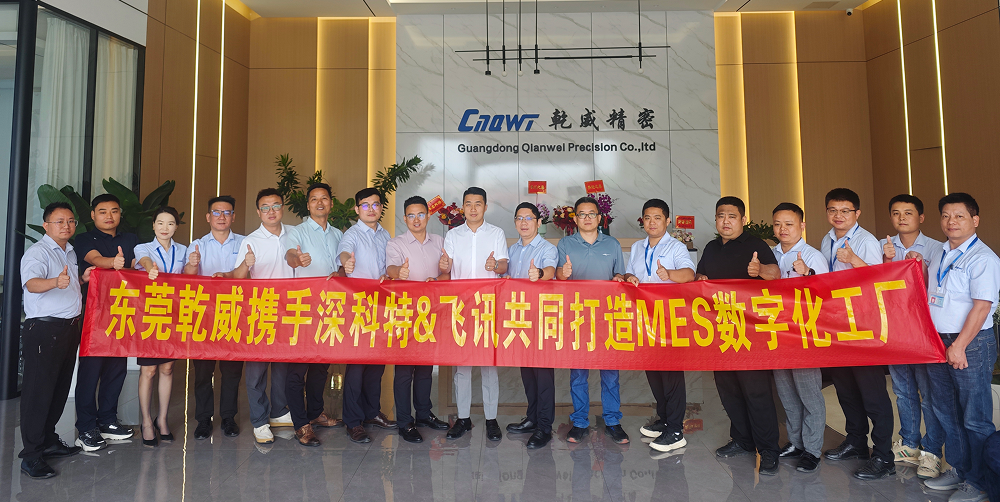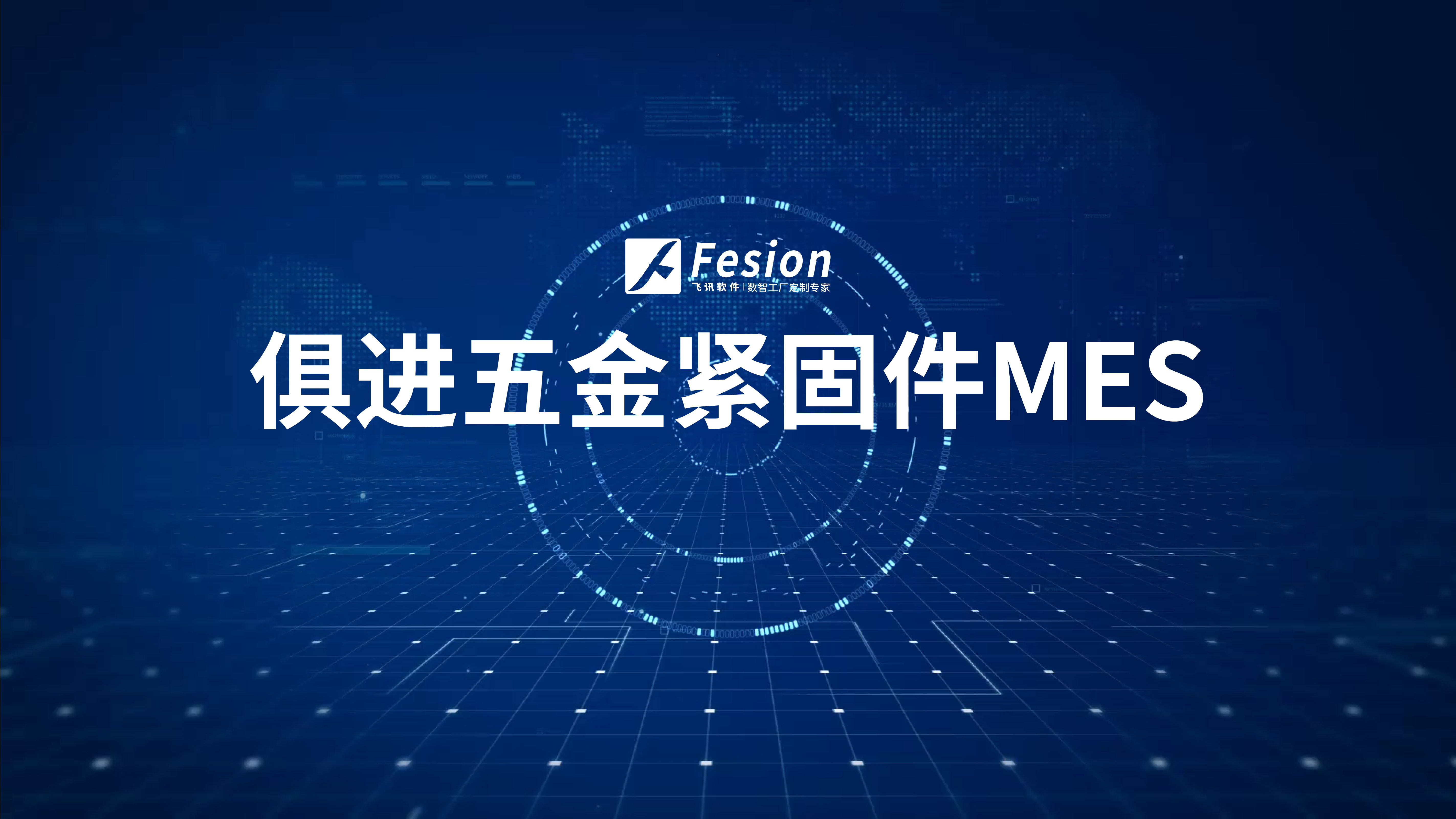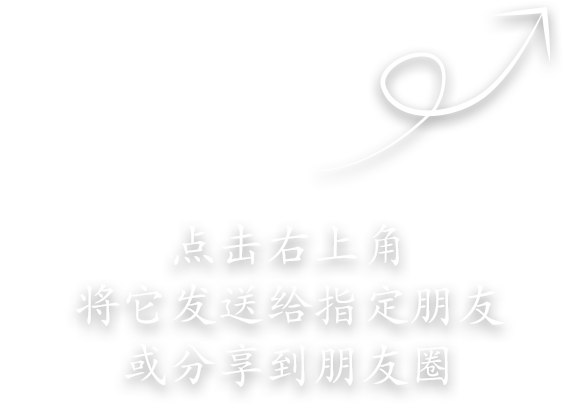ERP系统物料分类体系

Enterprise Resource Planning (ERP) systems are an important tool for businesses to manage their operations, and one of the key functions of ERP systems is to manage material classification systems. A material classification system is essentially a way of organizing and categorizing the materials that a business uses in its operations. In this article, we will explore the importance of material classification systems in ERP systems and how they work.
Why is Material Classification Important?
Material classification is important because it helps businesses to manage their inventory more efficiently. By organizing materials into categories, businesses can quickly see which materials they have in stock, which materials they need to reorder, and which materials are in high demand. Additionally, material classification systems can help businesses to identify ways to save money by reducing waste and optimizing material usage.
How does Material Classification Work in ERP Systems?
ERP systems use a variety of methods to classify materials, but the most common method is to use a hierarchical structure. This means that materials are organized into categories and subcategories, with each level becoming more specific. For example, a business might use the following hierarchy:
- Raw Materials
- Metals
- Steel
- Aluminum
- Plastics
- Polycarbonate
- Nylon
- Finished Goods
- Electronics
- Computers
- Televisions
- Clothing
- Shirts
- Pants
In this example, the highest level of categorization is Raw Materials and Finished Goods. Under Raw Materials, the business has organized its materials into two subcategories: Metals and Plastics. Under Metals, the business has further organized its materials into two subcategories: Steel and Aluminum. This hierarchical structure allows businesses to quickly see which materials they have in stock and how they are related to each other.
One of the benefits of using a hierarchical structure is that it allows businesses to easily add new materials to the classification system. For example, if a business started using a new type of plastic, they could simply add it to the Plastics category. This would make it easy for employees to find the new material and use it in their operations.
Another benefit of using a hierarchical structure is that it allows businesses to easily track the cost of their materials. By organizing materials into categories, businesses can quickly see how much they are spending on each category. This can help them identify areas where they can save money by reducing waste or finding cheaper sources of materials.
Conclusion
In conclusion, material classification systems are an important part of ERP systems because they help businesses manage their inventory more efficiently. Material classification systems use a hierarchical structure to organize materials into categories and subcategories, which makes it easy for businesses to track their inventory and costs. By using a material classification system, businesses can improve their operations and reduce costs, which can lead to increased profits and growth.
��Ѷ���������2006�꣬ӵ�������з����뿪��ƽ̨����һ�Ҽ���Ӫ�������졢�ɹ���ȫ��·���ǻ��������Ʒ����̺ͷ����̡���Ʒ�������ֻ����䡢����������������������˾��MRO��ERP��MES��WMS��CRM��SRM�Ȳ�ƷΪ������Ϊ�ͻ��ṩ���ǻ��������巽���滮��������ܷ�����Χ���������Ǻͳ����ǵ����������ڰ����ͻ������к�ʵ�ʳ������ɴ��С��ɴ��µ����ֻ���Ӫ��ϵ�������������Ϣ�����������ֻ��;������ܻ��������⣬Ϊ��ͬ��ҵ����ͬ��ʵ�ֲ�ͬ�ľ�ӪĿ�ꡣ























请先 登录后发表评论 ~